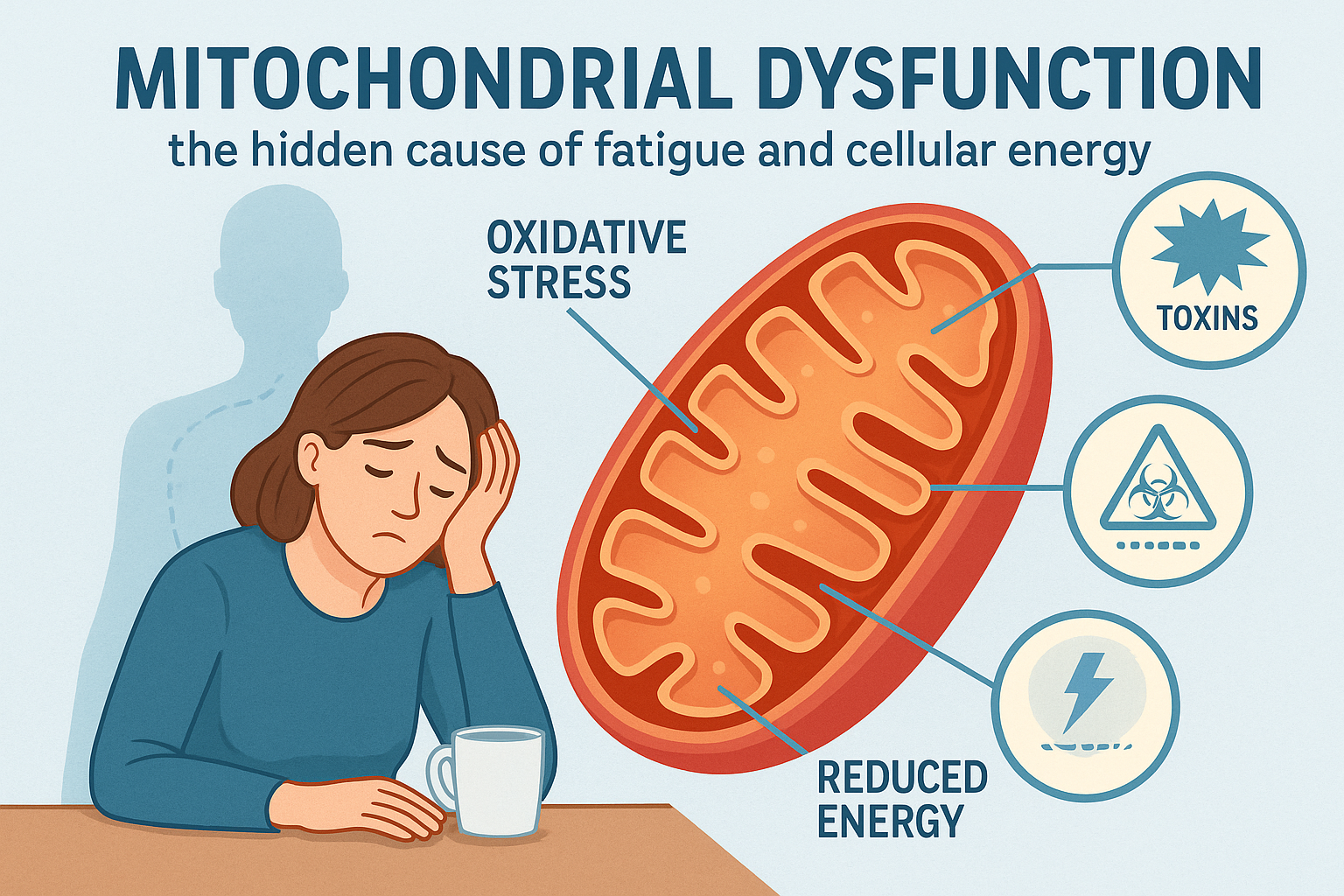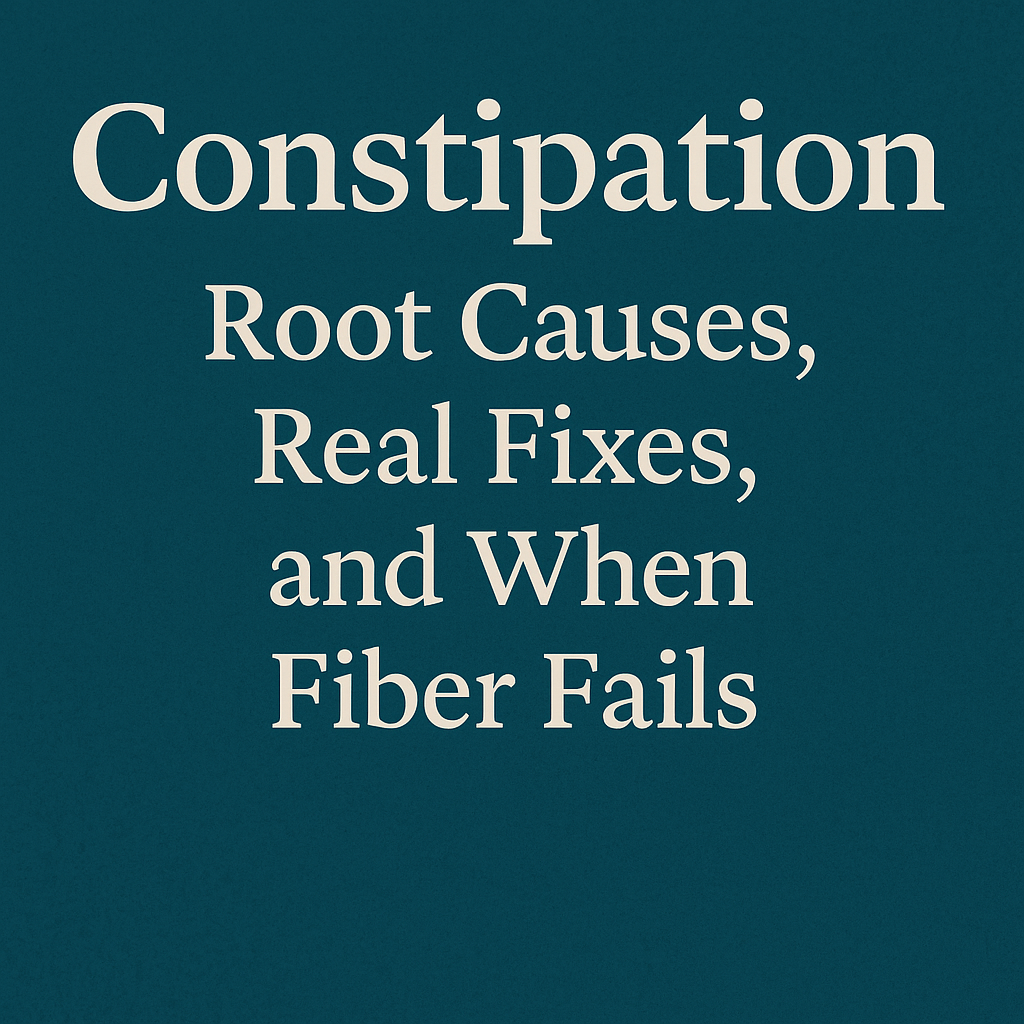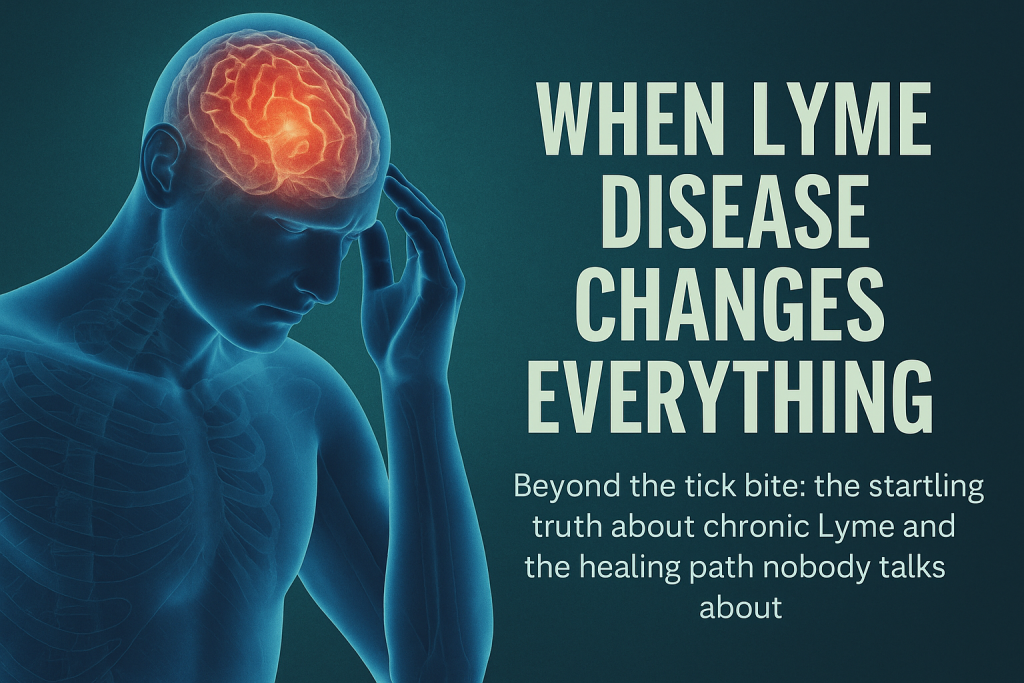Mitochondrial Dysfunction: The Hidden Link Behind Fatigue, Chronic Illness, and Slow Healing

What we’ll cover
- What Are Mitochondria—and Why Do They Matter?
- Why Standard Labs Often Misses It
- The Real Reasons Your Cellular Energy Drops
- The Cell Danger Response (CDR)—When Cells Hit the Brakes
- How We Evaluate Mitochondrial Health (Beyond Basic Bloodwork)
- A Three-Phase Plan to Rebuild Energy (What Works in Practice)
- 1) Remove the burdens
- 2) Rebuild the supply
- 3) Rebalance the environment (and keep gains)
- Quick-Start Checklist (Small Steps, Big Impact)
- A Patient Story (Condensed)
- FAQs
- When to Seek Care
- Your Next Best Step
Tired all the time, even after “doing everything right”? You’re not alone—and you’re not lazy. When your cells can’t make enough energy, life feels like you’re moving through wet cement. The good news: cellular energy is repairable. This guide explains what mitochondrial dysfunction is, why it’s often missed, how we test for it, and the practical steps that help you get your spark back.
What Are Mitochondria—and Why Do They Matter?
Mitochondria are the tiny power plants inside your cells. They turn oxygen and nutrients into ATP, the energy currency that drives your heartbeat, brain function, hormone balance, detoxification, digestion—everything.
- Healthy mitochondria → clear mind, stable mood, steady energy, fast recovery
- Stressed mitochondria → fatigue, brain fog, pain, poor exercise tolerance, slow healing
Think of them as your internal battery. If the battery won’t hold a charge, nothing runs well.
Why Standard Labs Often Misses It
Typical check-ups look at organs (thyroid, iron, glucose), not cellular efficiency. You can have “normal” results yet feel wiped out because your cells are stuck in low-power mode. Ten-minute visits rarely allow for the detective work needed to identify the real energy bottlenecks.
The Real Reasons Your Cellular Energy Drops
Modern life “detunes” the cellular orchestra in a few predictable ways:
- Oxidative stress (cellular rust): chronic inflammation and infections create excess free radicals that damage mitochondrial membranes and DNA.
- Toxin load: heavy metals, pesticides, solvents, and mould toxins can block the electron transport chain—fuel is present, but the engine can’t use it.
- Nutrient gaps: mitochondria need magnesium, B1/B2/B3/B5, CoQ10, L-carnitine, alpha-lipoic acid to run. Without these “spark plugs,” energy production stalls.
- Metabolic traffic jams: when enzymes like pyruvate dehydrogenase slow down, glucose backs up, lactate rises, and you feel the “burn” of everyday life.
- Membrane/battery problems: damage to the inner mitochondrial membrane weakens the electrical gradient needed to make ATP.
- Low mitochondrial biogenesis: chronic stress, inflammation, and circadian disruption suppress the genes that build new mitochondria.
- Immune overdrive: a constantly “on” immune system diverts ATP from daily living to defense.
The Cell Danger Response (CDR)—When Cells Hit the Brakes
Your mitochondria are also sensors. When they detect a threat (toxin, infection, trauma), they downshift energy output to protect you. That’s lifesaving short-term. If it never resets, you’re stuck in conservation mode: fatigue, brain fog, pain, gut upset, erratic sleep.
How We Evaluate Mitochondrial Health (Beyond Basic Bloodwork)
We combine foundational labs with functional testing to map where energy gets bottlenecked:
Foundational screen
- CBC, CMP, iron panel (with ferritin), thyroid panel (TSH, Free T3, Free T4), fasting glucose/insulin, HbA1c, hs-CRP, vitamin D
Performance metabolism
- Organic Acids Test (OAT) → mitochondrial metabolites, nutrient cofactors, oxidative stress
- Amino acids → building blocks for repair and neurotransmitters
- Fatty acid profile → membrane health, inflammatory tone
- Oxidative stress markers → 8-OHdG, lipid peroxides, GSH/GSSG ratio
- Environmental load (as indicated) → heavy metals, mycotoxins
- Gut health (if symptoms) → stool analysis for digestion, microbiome, inflammation
We also pair labs with real-world data—such as sleep quality, HRV, resting heart rate, and exercise tolerance—to see how your biology performs under load.
Clinician note: organic acids + nutrient elements (e.g., NutrEval/ION) provide a high-resolution view of complexes I–V, Krebs cycle flow, methylation, and redox balance.
A Three-Phase Plan to Rebuild Energy (What Works in Practice)
1) Remove the burdens
- Air & water: filter both; address moisture/mould; reduce fragrances/solvents/pesticides.
- Nervous system safety: downshift sympathetic overdrive (breathwork, daylight exposure, screen boundaries).
- Hidden triggers: evaluate for mould, metals, infections, and treat in the correct sequence.
You can’t out-supplement a toxic or unsafe environment.
2) Rebuild the supply
Target the nutrients mitochondria use most:
- Magnesium (RBC), B-complex (esp. B2/B3/B5), CoQ10 (ubiquinol), L-carnitine, alpha-lipoic acid, N-acetylcysteine/glutathione, omega-3s
- Protein sufficiency for repair (aim 1.6–2.2 g/kg/day as tolerated)
- Balance glucose and fat oxidation (steady meals, fibre, minerals)
3) Rebalance the environment (and keep gains)
- Sleep: dark, cool, consistent schedule; protect 10 p.m.–2 a.m. (deep repair window)
- Light: morning outdoor light anchors circadian rhythm; dim evenings
- Movement: frequent walking; 2–3x/week resistance; Zone 2 aerobic to build mitochondrial density
- Mind-body: create daily practices that tell your biology “you’re safe” (it matters)
Quick-Start Checklist (Small Steps, Big Impact)
- Morning 10–15 min outdoor light within an hour of waking
- Walk after meals (10–20 min) to improve glucose handling
- Add 400–600 mg magnesium (glycinate/malate) daily, unless contraindicated
- Prioritise protein at each meal (25–40 g) plus colourful plants
- Lights down + screens off 60–90 min before bed; cool, dark room
- Begin Zone 2 (can nasal breathe, speak in full sentences) 2–4x/week
- Track HRV and resting HR; rising HR + falling HRV = back off, recover
A Patient Story (Condensed)
A 42-year-old professional struggled with “normal” labs but relentless fatigue post-viral. OAT showed oxidative stress, low B2/CoQ10 signals, poor fat oxidation; home testing flagged mould. We cleaned the environment, replenished key cofactors (magnesium, B2, CoQ10, L-carnitine, ALA), stabilised sleep and added gentle Zone 2 + resistance. At six weeks: fewer crashes. At four months: clear head. At six months: “I don’t just feel awake—I feel alive.” When the engines recover, everything changes.
FAQs
Is mitochondrial dysfunction reversible?
Often, yes. Mitochondria repair and multiply (biogenesis) when given the right inputs—clean environment, adequate nutrients, innovative training, and restful sleep.
Do I need every test listed?
No. Start with basics + targeted functional tests based on your history and symptoms. Build from there.
Can coffee or energy drinks fix this?
They stimulate, but they don’t restore. Real recovery comes from fixing the bottlenecks in energy production.
When to Seek Care
- Fatigue that lasts >3 months
- Exercise intolerance or prolonged post-exertional crashes
- Brain fog, mood changes, poor sleep despite good hygiene
- History of water damage/mould, toxic exposures, or persistent post-viral symptoms
Bring this article to your clinician and discuss a measured plan to evaluate cellular energy—then personalise the interventions.
This information is educational and not a substitute for medical care. Always discuss lab testing and supplements with your clinician, especially if pregnant, nursing, or on prescription medications.
Your Next Best Step
If your body feels stuck in low power, it’s a signal—not a sentence. Clean the inputs, restore the cofactors, reset your rhythms, and your cells will respond. Energy isn’t borrowed; it’s built. And you can build it again.


